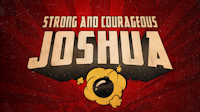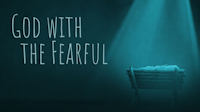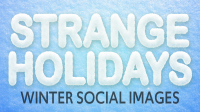I read some amazing books. Here’s what I think of them:
Terraform: Building a Better World by Propaganda. This book is so good. Seriously good. Using the metaphor of terraforming, Propaganda makes a case for being active participants in remaking and repairing the broken parts of our culture and world. With a mix of poetry and writing, he passionately calls out where we need to put our work. I found myself highlighting my way through the book; here’s a couple that jump out at me:
“Christians of that time had an understanding of a person’s origin, value, and functionality and thus built a world from that perspective. However, the world they created, for all the relative good that came about, was catastrophic to their neighbors, their fellow earthlings, who lived around the world. I want to challenge you to tell better stories not only about yourself but about the people around you.” (p.15)
“The evangelical—well, let me be specific, the white Western evangelical, and let me be even more specific, white Western evangelical as a social construct, and white not as ethnicity but as white-ness, evangelical not as faith but subcultural demographic—this person tends to take the opt-out approach. Almost as if the solution to an evil empire is to build their own version of empire. Christian schools, coffee shops, health insurance, chicken sandwiches, music, festivals, you name it, there’s a Christian version. If you work it right, you could go through an entire day and never be in contact with any non-Christian person or business.” (p.163)
It’s thought provoking. Challenging. Convicting. A beautiful call to action. Propaganda is gifted when it comes to words and his book is a must read.
Caste: The Origins of Our Discontents by Isabel Wilkerson. Wilkerson’s history of America is a powerful case for a caste system rooted in our history, culture, systems, and attitudes. The stories, our history, are jarring and horrifying, often untold but so important to recognize. As someone with a bachelor’s degree in history – with an emphasis in American history – it is often jarring to me to increasingly realize how selective what I’ve been taught has been. It is hard to argue with Wilkerson’s thesis; there is a caste system rooted in our country and there is powerful resistance to recognizing that.
I loved this quote from the beginning of the book: “
We in the developed world are like homeowners who inherited a house on a piece of land that is beautiful on the outside, but whose soil is unstable loam and rock, heaving and contracting over generations, cracks patched but the deeper ruptures waved away for decades, centuries even. Many people may rightly say, “I had nothing to do with how this all started. I have nothing to do with the sins of the past. My ancestors never attacked indigenous people, never owned slaves.” And, yes. Not one of us was here when this house was built. Our immediate ancestors may have had nothing to do with it, but here we are, the current occupants of a property with stress cracks and bowed walls and fissures built into the foundation. We are the heirs to whatever is right or wrong with it. We did not erect the uneven pillars or joists, but they are ours to deal with now.” (p.16)
There is much to do in our nation. It is our responsibility to deal with it. Wilkerson’s book is a must read.
Separated by the Border: A Birth Mother, a Foster Mother, and a Migrant Child’s 3,000-Mile Journey by Gena Thomas. Such an important book. It tells the stories of two women, both immigrants; one from the United States and the ease of that process, one from Latin America and the horrors of that process. Reading this story of a woman’s 3000 mile journey, the dangers, the sexual assaults, the horror of her child being taken away, the kidnappers … and all of it being worth the risk to escape what she was facing at home … too often we dehumanize those who arrive at our borders, viewing them as a problem we want to go away without asking what makes all of those horrors an acceptable risk to each of those hopefuls seeking asylum. A number of us read this book before and after our mission trip to McAllen, Texas, this past summer.
It’s a powerful book and we could all benefit from knowing more than what gets written in the headlines. Definitely worth reading.
















































